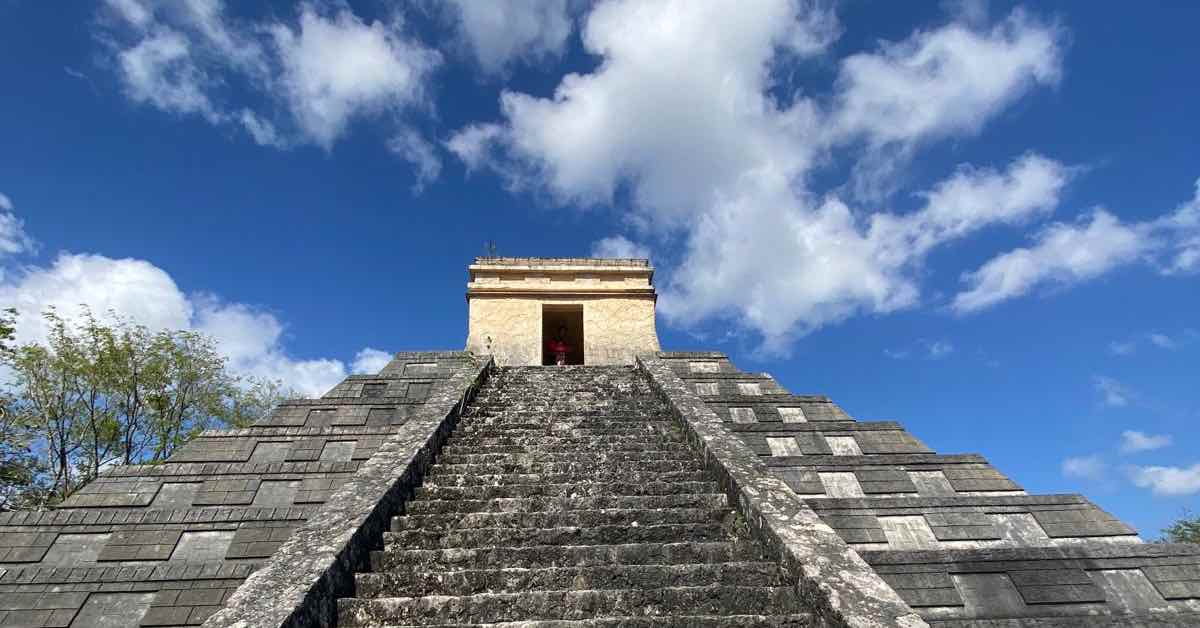Frequently asked Questions
Welcome to our FAQ page—a hub for answers to common queries. Navigate through this section to find solutions, clarifications, and insights on various topics. If you have more questions, feel free to contact us. Your understanding is our priority!
General Questions
Are there rival projects?
A comparison was made with about 20 other projects that bear some resemblance to ours. Presently, there is no competition in Playa del Carmen. The rare selfsustaining projects in these surrounding are (much) Although self-sustaining projects in Tulum are performing well, they don’t reach the same extensive scope as our endeavor. Tulum, located 45 minutes away from our projects, mainly caters to singles and couples, whereas our project is designed for all age groups.
Is the intended use solely for permanent residency, or is holiday rental allowed? Can mid-term or long-term rentals be considered, and is it possible for companies to establish themselves there?
Our primary goal is to have a minimum of 70% of the park occupied by permanent residents in Wakah Chan. This approach fosters a mini-society, encouraging communal living and business generation. While we don’t prioritize holiday rentals, we do favor long-term rentals for the remaining 30%, as our park is better suited for such arrangements. Additionally, the potential for setting up businesses on the premises can be explored collaboratively
What is the property tax in Playa del Carmen?
Regarding property tax, Mexico imposes a minimal annual tax of 0.1%, a stark contrast to the average property tax rates of 3% or higher in the US and Canada. For example, a $500,000 USD home incurs only $500 USD annually in taxes.
How do you define self-sufficiency, especially considering the planned luxury and facilities? Is there a significant reliance on external resources?
Achieving 100 percent self-sufficiency is considered an utopia, recognizing the need to procure some products and services externally. The goal is to attain complete autonomy in water and energy, with ongoing studies on the practicality of maintaining partial connection to the grid. The community aims to grow its own vegetables, fruit, and herbs, supplemented by a community supermarket and small-scale livestock. The objective is to be self-sustainable for at least three months in case of emergencies.
What is the percentage of construction, including infrastructure, compared to the natural environment?
Approximately 40 percent of the jungle will be developed. Trees in the gardens will be preserved, while the remaining area will remain most of its natural state.
What are the cost forecasts for management, guards and maintenance of the facilities?
We anticipate each household contributing around 200 to 250 Euros per month for park expenses. This aligns with similar-sized projects in Playa del Carmen with a premium quality.
What is the distance to the sea?
The project is located approximately 6 km from the sea, with the nearest beaches about 15 minutes away by car.
What is the overall design of the entire project?
We will share updates of the designs at our website.
How will the project be structured, including the possibility of a homeowners' association?
The Founders of the project are from the Netherlands. A Dutch entity has been established, and it holds directly an interest in the Mexican entity that owns the lot.
Which materials are used in the construction of the houses, and what energy-saving technologies are implemented? Is air conditioning included, along with mosquito screens and screen doors? Additionally, is the construction designed to withstand hurricanes?
Our focus is on utilizing ecological materials and integrating the houses and facilities into the natural environment. We prioritize reusing materials displaced during construction, such as stones, rocks, soil, and trees. An ecological study guides our construction, ensuring preservation of the existing flora and fauna, including building around large trees. We aim for optimal comfort in the jungle, exploring cutting-edge techniques like solar panels with batteries. All homes will be insect-protected, and following municipality approval, they will be constructed to be hurricane-resistant.
Do investors receive a discount when acquiring a house, apartment of lot, and if so, what is the extent of the discount?
Absolutely, the discount varies based on the type of investment – risk capital contributes to a discount based on the deposit (if you for instance invest 50.000 Euros, this amount will be deducted from the selling price), whereas start-up capital provides a discount ranging from 3 to 8 percent of the selling price. Feel free to ask about the detailed conditions.
How much money has been invested in Wakah Chan so far?
400,000 Euros in total is invested in Wakan in order to produce the Masterplan (designs, cost prices, selling prices) and to pay the salaries of the team. Founder Bart Geutjes has dedicated about 1,5 years of full-time work already to the project in order to gather the team, selecting the ground, attracting investors and working on the first designs and concepts.
How safe is it to live in Playa del Carmen, Mexico?
Playa del Carmen stands out as one of Mexico’s safest cities. Originating as a small village in the 1980s, it has evolved into a thriving city, attracting global tourists and expatriates. The presence of police and army patrols deters potential cartel-related violence. While rival gang members may engage in mutual violence, it doesn’t adversely impact locals and tourists. Given the city’s heavy reliance on tourism, the government is committed to maintaining its safety. Playa del Carmen boasts a sizable expat community, with many residents having lived there for over a decade.
Do you have insights into the perspectives of Mexico/the municipality/others regarding this plan?
Our plans align with HC3 density regulations, permitting various facilities such as houses, apartments, plots, a permanent residence, holistic school, holistic center, restaurant, and more. This approval has been officially confirmed by the municipality through a ‘uso de suelo’ document, allowing specified land use.

